jmpreiks
New Member
Hi everyone, I'm looking for some advice on a big Red Oak that needs to come down in my front yard. Below are some photos for reference. Circumference at chest height is 116", giving a diameter of about 37". My eyeballing for height is around 60-70 ft, and maybe 25ft to first intact lower limb. I live in North Florida where these trees are pretty common.
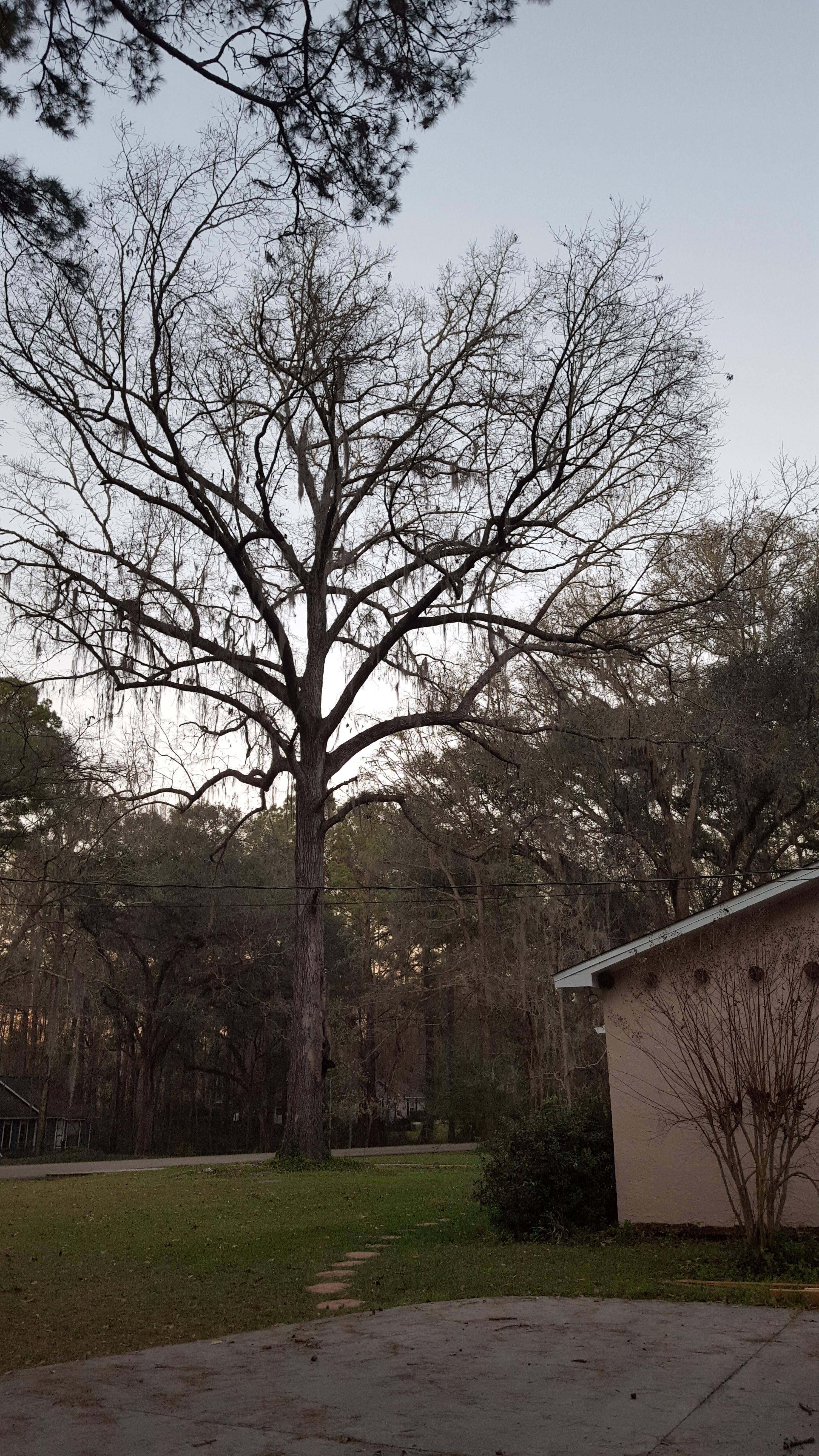
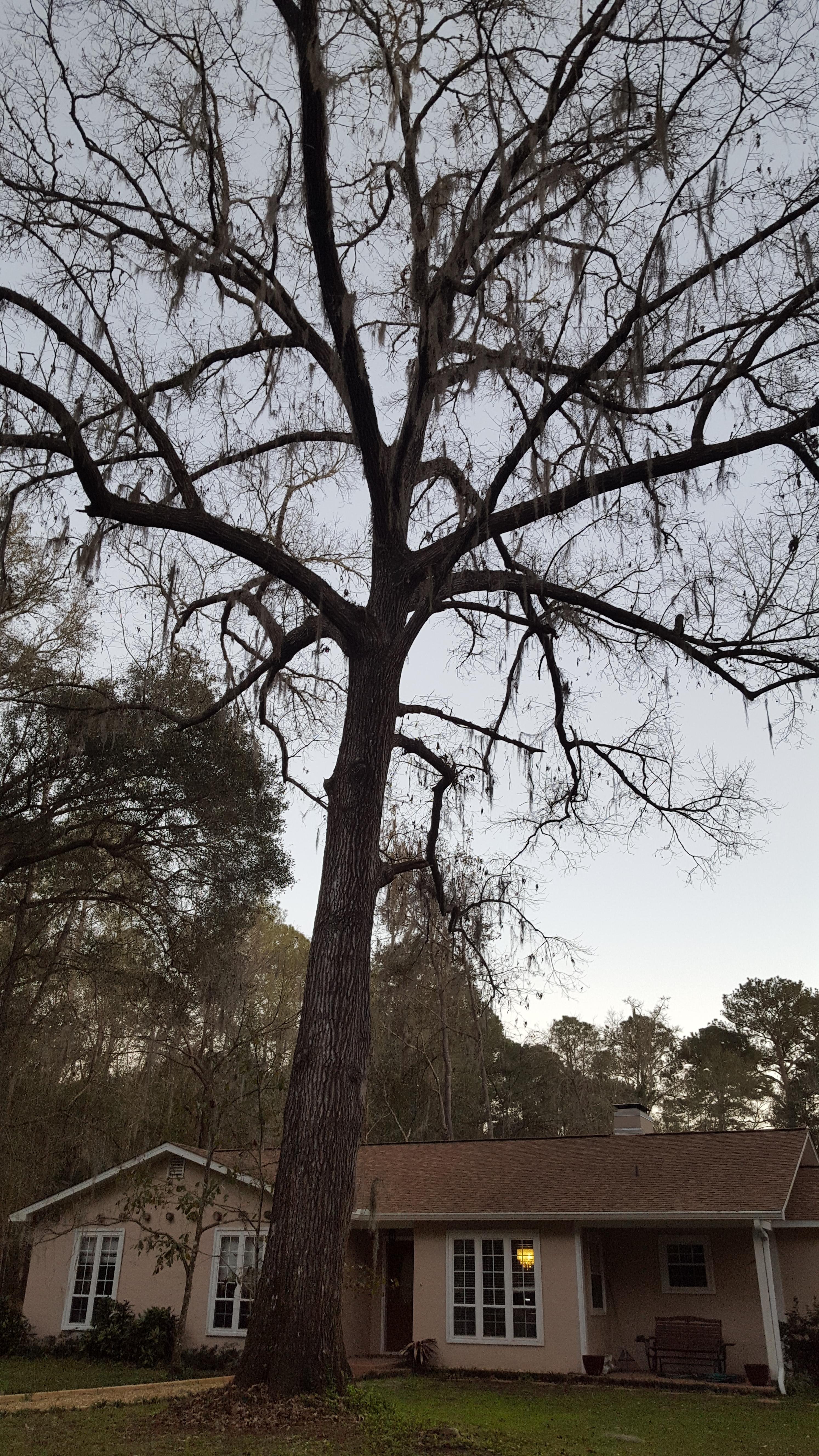
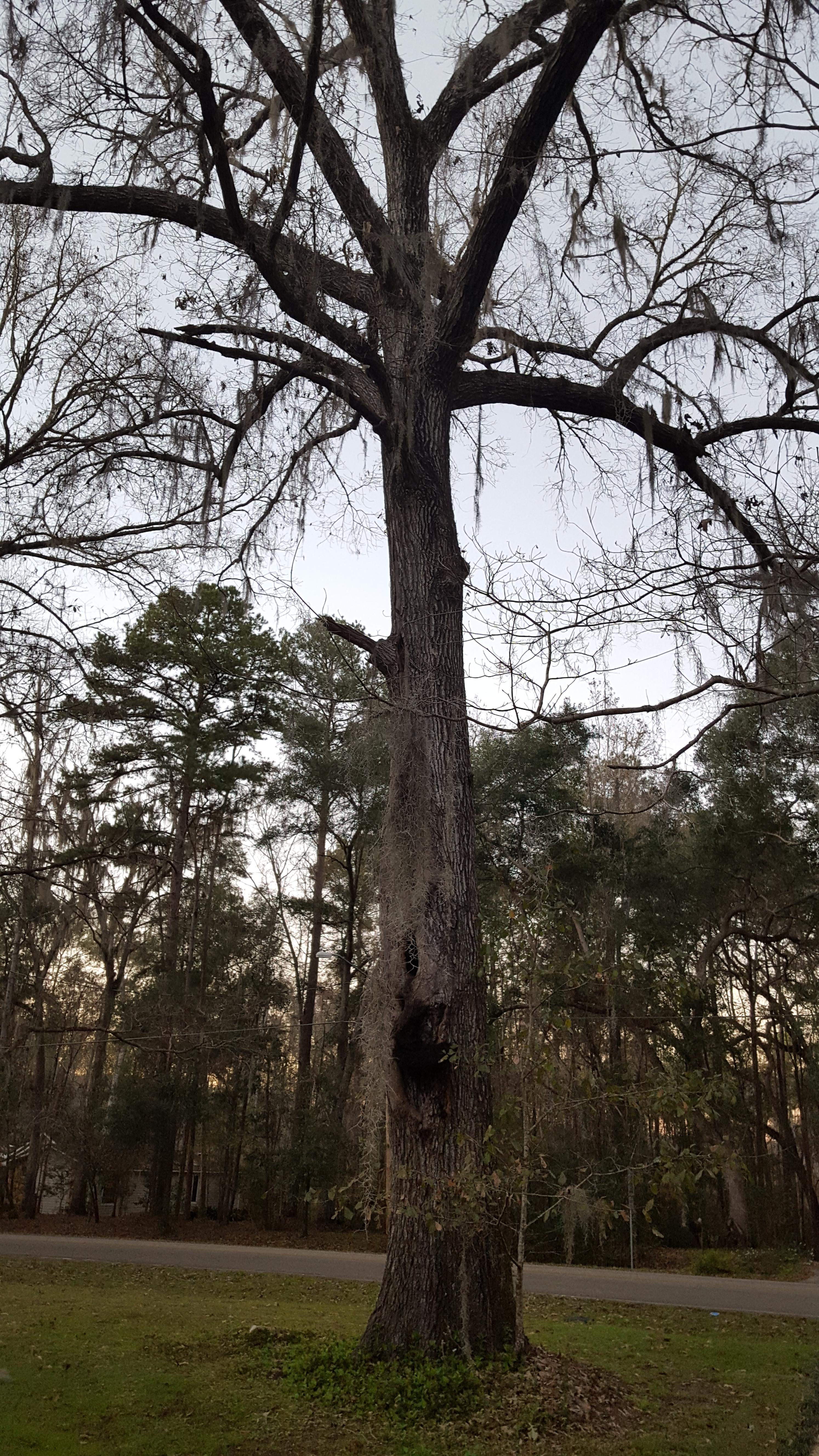
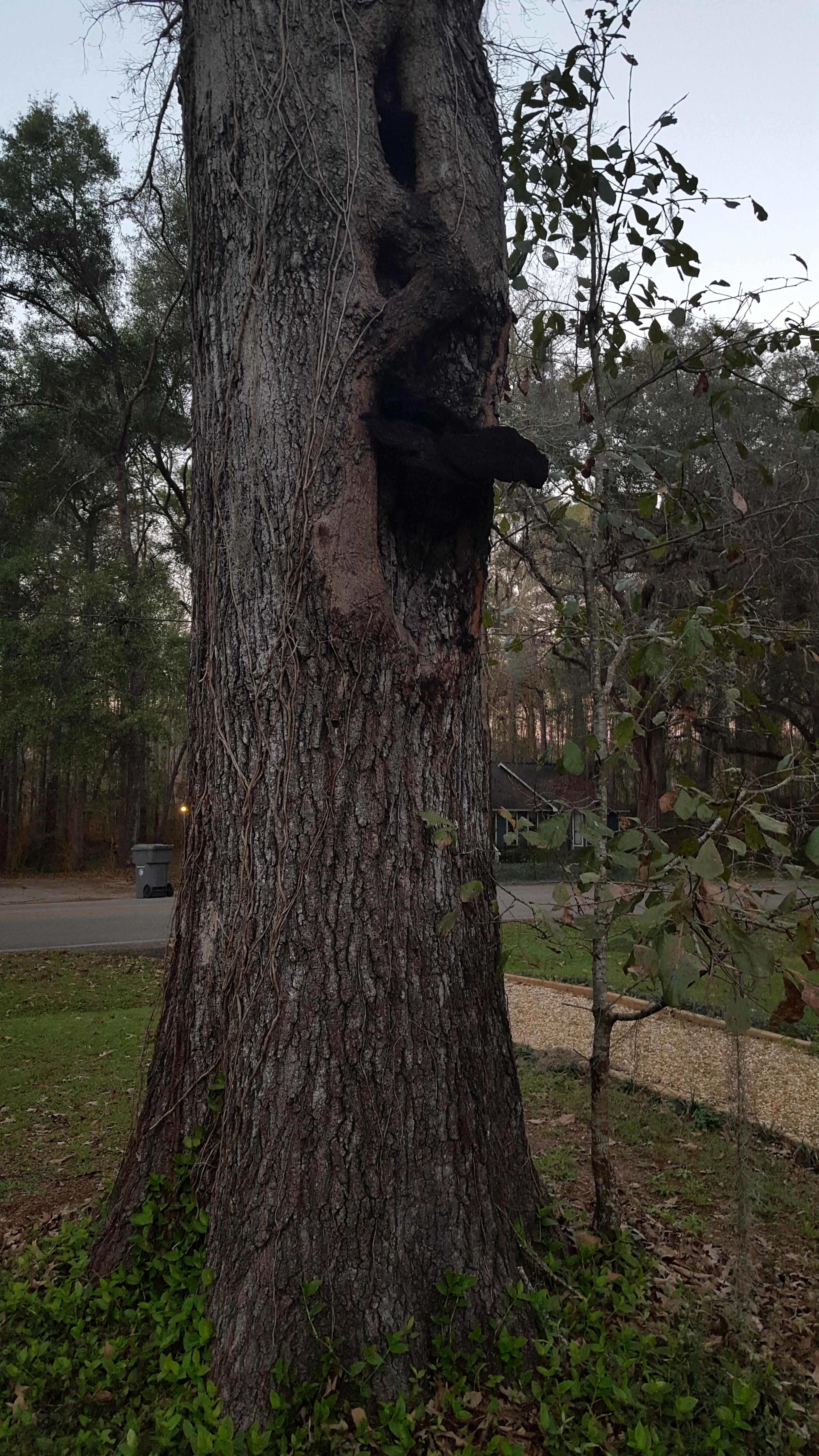
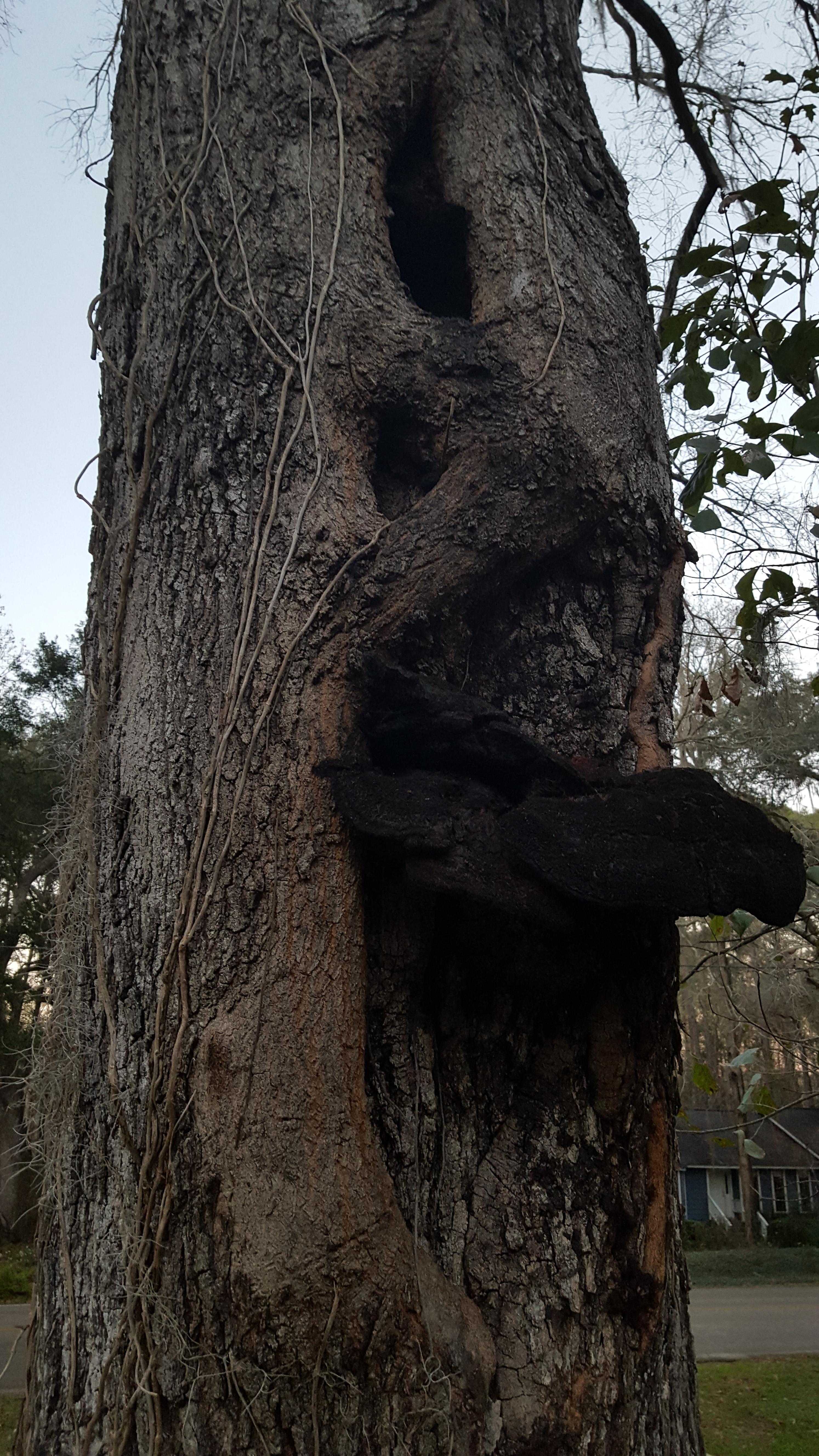
My questions:
1) Does that fungus mean that it really needs to come down? I like the tree but an arborist said it needs to go, so I'm taking his word on it. I just moved in last fall so I have no idea if this is a recurring thing on this tree. It grew from nothing since about October and has turned almost black. I'm no expert but maybe all that damage means it was struck by lightning a long time ago or something.
2) How much should it cost (ballpark) to get this removed? The estimates I've received from tree service companies seem really high so I am wondering if they are just trying to take me for a ride. I'd also like to keep a bunch for firewood.
3) Is it worth it to try to keep the logs and hire someone with a portable mill cut them into boards? I am a bit of a woodworker and it seems a shame to waste that much red oak. But I also don't want to waste a bunch of money and try to deal with drying boards in humid Florida... I'm not even sure how much good quality wood would come out of that with all that damage down the side.
Thanks for any advice you can provide.
Justin





My questions:
1) Does that fungus mean that it really needs to come down? I like the tree but an arborist said it needs to go, so I'm taking his word on it. I just moved in last fall so I have no idea if this is a recurring thing on this tree. It grew from nothing since about October and has turned almost black. I'm no expert but maybe all that damage means it was struck by lightning a long time ago or something.
2) How much should it cost (ballpark) to get this removed? The estimates I've received from tree service companies seem really high so I am wondering if they are just trying to take me for a ride. I'd also like to keep a bunch for firewood.
3) Is it worth it to try to keep the logs and hire someone with a portable mill cut them into boards? I am a bit of a woodworker and it seems a shame to waste that much red oak. But I also don't want to waste a bunch of money and try to deal with drying boards in humid Florida... I'm not even sure how much good quality wood would come out of that with all that damage down the side.
Thanks for any advice you can provide.
Justin























































